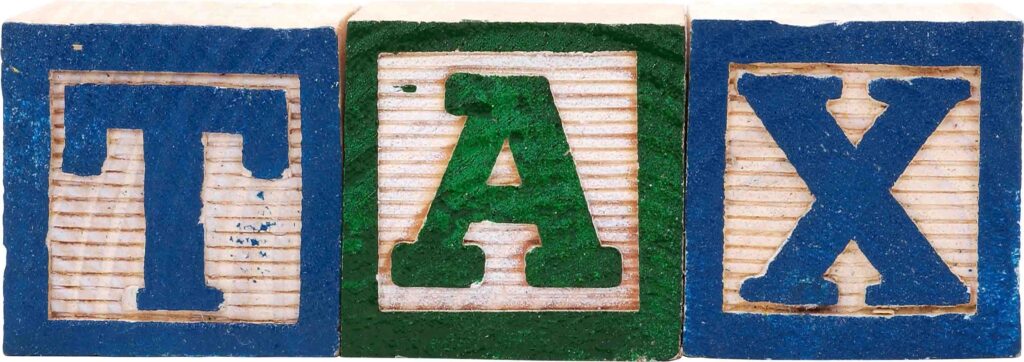
1. What is Income Tax?
Income tax is a direct tax imposed by the government on an individual’s or entity’s income. It is levied based on the income earned during a financial year (April 1 – March 31). Income is not same as Sales / Turnover. In case of businesses Income is generally the profit (sales less all expenses).
2. What is Taxable Income?
Taxable income is the portion of your total income on which income tax is calculated after applying deductions and exemptions.
💡Formula for Taxable Income:
Total Income – Exemptions – Deductions = Taxable Income
3. Components of Taxable Income (As per Income Tax Act, 1961)
Income is categorized into five heads:
| Head of Income | Examples |
| Salary Income | Salary, pension, allowances (HRA, DA, etc.) |
| Income from House Property | Rental income from property |
| Profits & Gains from Business/Profession | Business income, freelancing, consultancy earnings |
| Capital Gains | Profit from sale of property, stocks, mutual funds |
| Income from Other Sources | Interest on FD, dividends, gifts, lottery winnings |
4. How Income Tax Slabs Work? (For Individuals – FY 2024-25)
Income tax in India follows a progressive tax system, meaning higher income = higher tax rate.
💡 Two Tax Regimes: Old vs. New
🔹 Old Tax Regime → Allows deductions (like 80C, HRA, etc.)
🔹 New Tax Regime → Lower tax rates but fewer deductions
Income Tax Slabs for FY 2024-25 (AY 2025-26):
New Tax Regime (Default from FY 2023-24)
| Income Slab | Tax Rate |
| Up to ₹3,00,000 | Nil (No Tax) |
| ₹3,00,001 – ₹7,00,000 | 5% |
| ₹7,00,001 – ₹10,00,000 | 10% |
| ₹10,00,001 – ₹12,00,000 | 15% |
| ₹12,00,001 – ₹15,00,000 | 20% |
| Above ₹15,00,000 | 30% |
Rebate: Under Section 87A, if your income is up to ₹7,00,000, you don’t have to pay tax.
🔵 Old Tax Regime (With Deductions & Exemptions)
| Income Slab | Tax Rate |
| Up to ₹2,50,000 | Nil (No Tax) |
| ₹2,50,001 – ₹5,00,000 | 5% |
| ₹5,00,001 – ₹10,00,000 | 20% |
| Above ₹10,00,000 | 30% |
💡 Rebate: Section 87A also applies here, but only up to ₹5,00,000 taxable income.
5. Deductions & Exemptions (Available in Old Regime)
✅ Section 80C: Up to ₹1.5 lakh deduction for investments (PPF, LIC, ELSS, EPF).
✅ Section 80D: Medical insurance premium deduction (up to ₹25,000; ₹50,000 for seniors).
✅ House Rent Allowance (HRA): Partially exempt from taxable salary.
✅ Standard Deduction: ₹75,000 for salaried individuals. Allowed in new tax regime as well.
Note: The New Tax Regime does NOT allow most deductions and exemptions.
6. How Tax is Calculated? (Example)
🧑💼 Example: Suppose you earn ₹12,00,000 annually (taxable income) and opt for the New Tax Regime:
- Tax on ₹0 – ₹3,00,000 → 0% = ₹0
- Tax on ₹3,00,001 – ₹7,00,000 → 5% = ₹20,000
- Tax on ₹7,00,001 – ₹10,00,000 → 10% = ₹30,000
- Tax on ₹10,00,001 – ₹12,00,000 → 15% = ₹30,000
- Total Tax Payable = ₹80,000 (excluding cess)
📌 Cess (Health & Education) @ 4% → ₹3,200
📌 Final Tax Payable = ₹83,200
7. Conclusion: Which Tax Regime is Better?
- If you claim deductions (e.g., 80C, HRA, etc.) → Old Regime is better
- If you don’t claim deductions → New Regime is simpler & has lower tax rates
Would you like a detailed tax-saving strategy based on your income? If yes, contact us and we shall be glad to help you with the same.